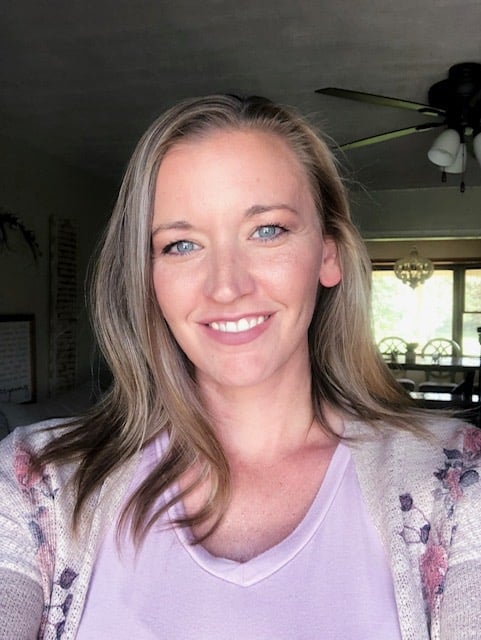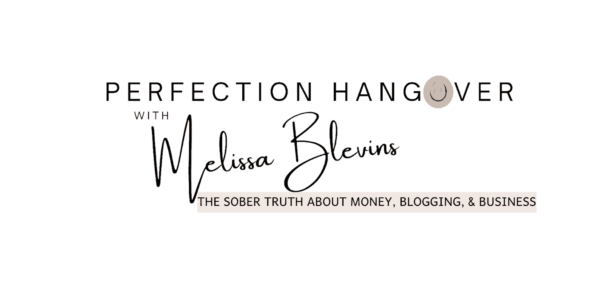This post may contain affiliate links. Click here to read my full disclosure.
Most people have heard of the Dave Ramsey Baby Steps, but if you haven’t, I’m going to give a detailed overview of exactly what the baby steps are and how they can help you achieve financial peace.
First, though, I want to define “financial peace.”
I think it’s pretty self-explanatory but to me, achieving financial peace means being debt free, with a healthy savings account and retirement as well as fully-funded college savings for the kids.
The Dave Ramsey Baby Steps are seven steps to financial peace. You start with Baby Step One and work your way down the list. I’ll explain the baby steps in detail below, but first, I want you to know how you can access information to help you reach your financial goals.
Dave Ramsey Baby Steps
Baby Step 1
Save $1000 for a starter emergency fund. If you are a homeowner or have kids, I believe this needs to be bumped up to about $2000-$3000. Think about it. How much is your deductible on your homeowners’ insurance policy? How much would it cost you to replace an HVAC? You need at least $2,000 in this fund to avoid using a credit card when a true emergency arises.
Baby Step 2
Pay off all debt using the debt snowball. You can find out more about the debt snowball in this post that explains the difference between the debt snowball and the debt avalanche. Dave only recommends the debt snowball because the quick wins (from listing your debts smallest to largest and paying off in that order) motivate you to keep pushing forward towards debt freedom.
Baby Step 3
Save 3-6 months of expenses for your full emergency fund. This isn’t 3-6 months of income…but just expenses. How much would it cost you to survive for a month if you lost your job and were debt free? Now multiply that number by 3-6 and save that much to add to your $1000 starter emergency fund.
Baby Step 4
Start investing 15% (minimum) into pre-tax retirement and ROTH IRAs. I recommend contributing to your company’s retirement to match. For example, your husband’s employer offers a 100% match up to 6%. Let’s assume his gross income is $50,000. That’s $3000 per year contributed by him and $3000 contributed by his employer. But don’t count the $3000 employer contribution towards the 15%. You’ll actually end up saving 21%, which will put you several thousands of dollars closer to retirement (with consistency).
If you’re under the age of 50, in 2019, you can contribute $5500 to a ROTH IRA. So he’s contributed $3000 to his pre-tax retirement account and still has $4500 to get to the full 15%. Remember, he grosses $50,000 and 15% of that is $7,500.
You can either choose to put $4500 in the Roth or you can max it out. If you are able to max it out, I like this option better because again, it puts you one step closer to financial freedom.
Baby Step 5
If you haven’t started yet, it’s time to start saving for the kids’ college education. Speak to a tax advisor about the best option in your particular situation. Whether you choose to use a 529 plan, UTMA, or even a Roth IRA (yes, you can have a Roth IRA for kids’ college), this needs to be a priority.
Baby Step 6
Pay off the home early. If you’re like me, you probably bought into the whole USDA, VA, or FHA loan as the best option at a 30-year mortgage because you wanted to free up income “just in case” you had an emergency. It’s too late to worry about that at this point. Now’s the time when you pay off your house early so you can really dig into saving. Dave says the grass feels better on a lawn you own free and clear!
Baby Step 7
Build wealth and give! This is where the term “live like no one else so later you can live and give like no one else” comes from. Now you have an amazing amount of income freed up to give and donate to those in need. If you’re a believer, this might mean giving more to your church.
Some believers opt to give to other causes as part of their tithing. An example of this would be creating scholarship funds for underprivileged kids or paying to send families on mission trips. Whatever your passion, this is the ultimate goal. To be able to give without thinking about it. That’s freedom!
Related posts to Dave Ramsey Baby Steps:
- Dave Job vs Side Hustle to Make Money: What’s the Difference?
- Top Reasons the Debt Snowball is the Best Payoff Method for Quick Wins
- Gazelle Intensity: Is Financial Peace University the Best Way to Freedom?
- How to Make a Personal Budget
Gazelle Intensity
You don’t have to be around the debt-free community very long before hearing or reading about gazelle intensity. In a nutshell, gazelle intensity means getting after it and working your tail off to focus on extreme frugal living and finding ways to make money fast as a means to pay off your debt fast.
While I do think it’s super important to stay focused, remember that this isn’t a fad diet but a lifestyle change. You need to treat the symptoms if you don’t want the debt to creep its way back into your life.
Here are a few ways to start your Dave Ramsey Baby Steps Journey.
1. Dave Ramsey Podcast and YouTube
The Dave Ramsey Show was only available on static-prone AM radio stations. With today’s technological advancements, you can listen to the Dave Ramsey podcast and watch the Dave Ramsey YouTube channel for free.
This is the most affordable way to learn about the Dave Ramsey Baby Steps immediately.
2. Dave Ramsey Books
You can borrow books from your local library, but sometimes I prefer to have a hard copy of books that I know will change my life.
You can also sign up for a free trial with Audible or Scribd if you like listening to audiobooks while you’re getting ready or driving in the morning.
Sign up for a free trial with Audible and receive two free audiobooks for immediate download.
The difference between Scribd and Audible is that Scribd offers unlimited downloads per month for only $8.99 vs. Audible limits you to one download per month at $14.99.
You can learn more about Scribd and get 30 days free here.
Dave Ramsey Books include:
- The Total Money Makeover: A Proven Plan for Financial Fitness
- Dave Ramsey’s Complete Guide To Money: The Handbook of Financial Peace University
- The Financial Peace Planner: A Step-by-Step Guide to Restoring Your Family’s Financial Health
-
Financial Peace Revisited: New Chapters on Marriage, Singles, Kids, and Families – This one is pretty dated, and although it has some good information, I think starting with The Total Money Makeover is the best book to get started if you don’t want to invest in Dave Ramsey’s Financial Peace University.
3. Financial Peace University
Financial Peace University is Dave Ramsey’s 9-week course that offers in-depth training of the Dave Ramsey Baby Steps. Teachers (usually in local churches) offer the class at different times throughout the year.
The price of admission is $129.99, and you can opt to attend an in-person training or to purchase the online course.
Many people enjoy the accountability of a group. I have found that you can get the basic idea of the lessons by purchasing the Total Money Makeover Book and following the steps (much cheaper than by purchasing Financial Peace University).
What is a Sinking Fund?
A sinking fund is money set aside for a specific purpose. This is one area where I really messed up. I’ll admit it. I’m not perfect. It took me several years to realize the reason we struggled to pay off all of our debt all these years is because we failed to prepare for expenses we knew would come up. Some examples of sinking funds are:
- Pet Expenses, such as vet bills and grooming
- Medical Expenses
- Car repair and maintenance (tires and oil changes and brakes)
- Kids’ sports tournament expenses (overnight expenses and/or food and travel, uniforms, equipment…that stuff adds up)
- Home maintenance and repairs (such as having your HVAC serviced annually)
- Dental Exams & Eye Exams (fillings, contacts, glasses, etc.)
- Birthdays and Christmas
- School Supplies and Fees
Failure to prepare for these expenses means you’re cutting into your debt snowball when they do come up, and no one likes cutting into the debt snowball to pay for these types of expenses.
Debt Snowball Spreadsheet
If you’re eager to start your debt-free journey, start by ordering the Total Money Makeover book or listening on Scribd (my favorite audiobook app). I’ve also found that entering your numbers into a spreadsheet helps to see how effective extra debt snowball payments can be to paying off your debt faster. You can get a copy of my free debt snowball spreadsheet calculator by entering your email below.
Have you followed the Dave Ramsey Baby Steps program and had success? Let me know in the comments!

Life is a collection of memories and experiences. There are ups and downs. I am so grateful for God’s grace and am on the journey to a renewed spirit, free of perfectionism. Perfection Hangover offers the sober truth – no filter.



I know not everyone loves Dave Ramsey, but it’s hard to argue with husband track record of getting people out of debt. The baby steps are a great roadmap to becoming debt free even if your approach differs a bit.
Yeah, I agree with a lot of what he has to say. There are some instances where I think people should have more in an emergency fund ($2000-3000 if you own a home or have kids) and I also question halting retirement. But his principles are solid, and people can learn so much from the Dave Ramsey Baby Steps!